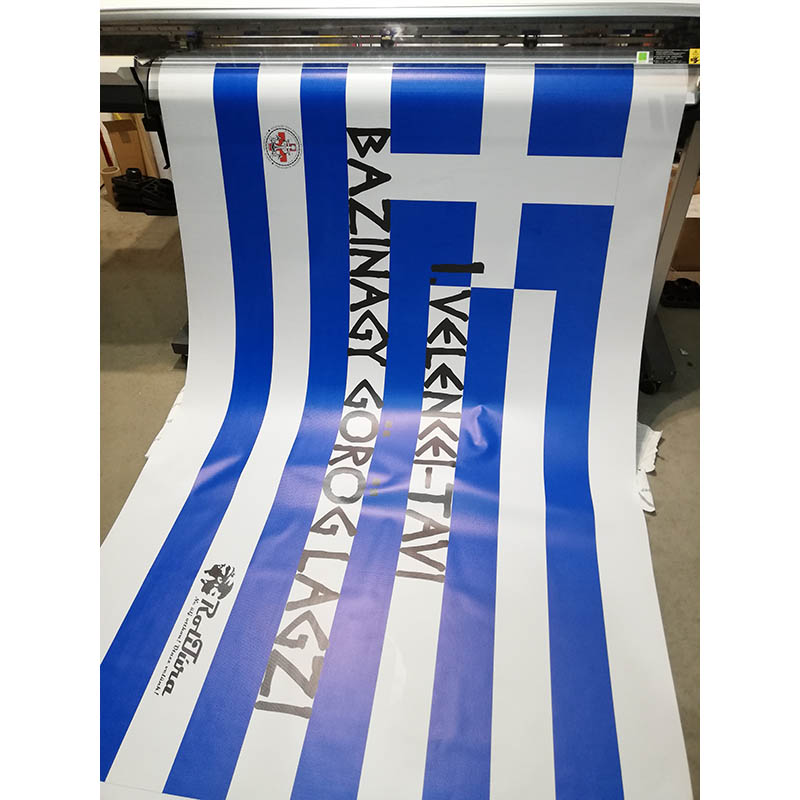UV printing

UV Printing
UV printing is a process similar to tampon pressure, here we apply a print to the desired object, but this results in a higher quality print. Photo quality photos can be obtained with this procedure. The printer works with paint drying on UV light so that the printed object can be used immediately except from the machine. We can print objects up to a height of 13 cm. It is not necessary to make a tool for this process, so it can be economical in small, individual series, up to 1 items can be ordered.
Pad printing

Pad printing
Pad printing is a graphical process where the paint is transferred from a metal plate (clique) onto a flexible substrate (tampon) and then from the substrate to the surface to be printed. It is suitable for marking slightly curved surfaces, in one or more colours. Some materials require some pre-treatments for complete adhesion, and sometimes full drying takes a few days, but with this tampon pressure, we achieve a nice and long-lasting print. This technology is economical in large quantities.
Laser engraving

Laser engraving, Laser cutting
During laser engraving, a concentrated laser beam shall evaporate or sufficient to evaporate the engraved material. Almost any material can be engraved to create very beautiful inscriptions, pictures, logos or barcodes. It is used in a very wide range of ways. Cast into metal, wood, plastic, glass, leather, etc. The CO2 laser is one of the oldest lasers and is the most commonly used type of laser to date. This is the strongest continuous light laser, the efficiency of which is also outstanding. It is very beautiful to engrave it in wood, glass, leather, plastic, but we can only mark it in metal using a special paste or acid. The CO2 laser is also suitable for contour cutting of plexi, other plastics, wood, paper and leather. Fiber laser is suitable for marking laser metals. We can engrave in e.g. tools, medical devices and instruments. Thanks to our portable machine, we have the possibility to go to the venue and to ingrain larger or already operational...
Digital printing products

Signboard
We make a sign on the desired thickness of plastic sheets with different techniques. UV printing directly on the board, scratching up foil prints and shoving up foil cuts.

Roll-up
For indoor or occasional outdoor use, a roll-up banner is the right choice. It is found wrapped up inside the frame, so it is not damaged. It is easy to transport thanks to its compact packaging.

Molino
The molino is an economical advertising tool for its company. It can be applied both externally and internally. It embellishes, carries information and advertises at the same time.

Wide-format printing
With our 137 cm wide printer, we can make posters, molinos, roll-ups in photo quality. For Marekting campaigns, exhibitions and presentations, these customer attracting tools are almost mandatory. They are also responsible for the creation of large company signs and information boards.
Braille printing

Braille printing
For blind and poorly sighted, we produce Braille prints for different materials. This is an extremely important technology for accessibility, integration of visually impaired. We make a unique letter of up to 1 copies, a certificate, a thank you note, a memorial for a thinner cardboard. We prepare publications and information forms that are mandatory for events and lectures if there are blind or poorly sighted participants. Make your contact visible to everyone, create a Braille business card with the main information (name, contact details) marked with Braille. For full accessibility, we prepare information Braille boards for locations, offices, railings, columns.
3D printing

3D printing
Our company has a thread-drawing 3D printer. Through the extruder, the polymer fibre melts, and the model is created layer by layer. The raw materal can be ABS or PLA. PLA is decomposing material.
Magnetic barcode

Magnetic barcode
Magnetic barcodes can be used very practically in warehouses, shelves and organisation. The product does not need to be scrubbed or washed the location of the barcode at a change of place, simply pulling it down and sticking it to the new place. If data other than barcodes are required on the label, graphs can also be displayed.
